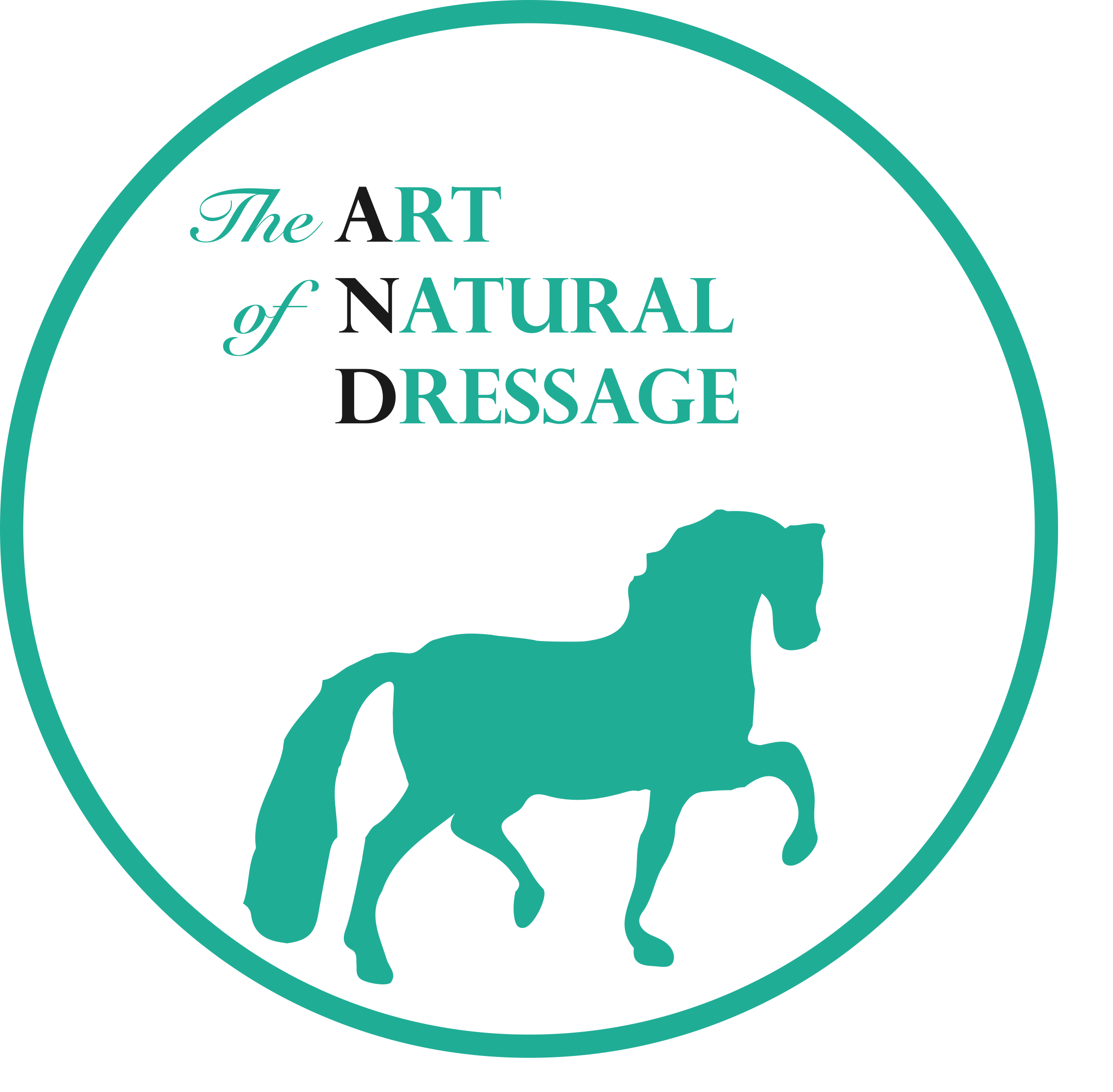This discussion explores how to handle pushy horse behavior while maintaining a positive relationship. Instead of viewing pushiness as dominance or aggression, it is framed as a misunderstanding about personal space that can be corrected with clear, consistent communication.
Key Approaches to Managing Pushy Behavior
1. Defining Personal Space Clearly
• Humans have an invisible personal space, much like horses.
• If a horse comes too close, it’s important to show rather than force them to step back.
• Moving arms in a slow, deliberate motion helps communicate boundaries without aggression.
2. Using Body Language for Clarity
• Stand straight with open posture to project a clear presence.
• Move arms in controlled circles to create a visible boundary.
• Avoid chaotic flailing, as it confuses rather than educates the horse.
3. Consistency Over Rigidity
• The goal is not to always keep the horse out of personal space but to establish an invitation-based interaction.
• Horses can enter personal space when allowed, but they must respect when asked to move away.
4. Alternative Training Methods
• Some trainers use pre-established signals to guide a horse’s movements (e.g., different sides of the handler indicating different gaits).
• Encouraging politeness through reward-based training rather than punishment.
5. Adapting to Individual Horses
• Not all horses respond to the same approach; some need more structure, while others thrive on subtle communication.
• If a horse repeatedly invades space despite cues, refining response timing and rewarding correct behavior can help.
6. Safety and Energy Awareness
• Understanding when a horse is excited vs. testing boundaries helps prevent accidents.
• Avoid engaging in direct resistance; instead, redirect energy into safe, structured interactions.
Insights from Participants
• Pushiness is not dominance—it’s a training gap.
• Correcting space issues should be done with calm, assertive clarity.
• Every horse learns differently, and a tailored approach works best.By teaching horses to respect space through clear, pressure-free guidance, handlers create a safer, more cooperative relationship that aligns with the AND philosophy of mutual understanding and communication.

